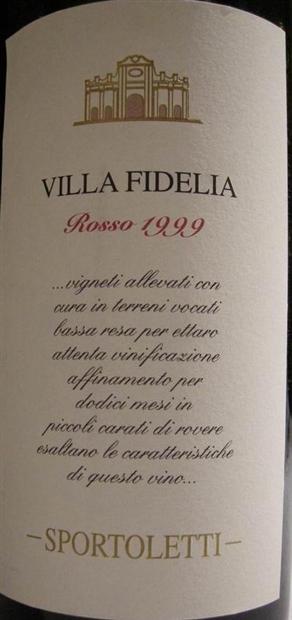

The quality of a wine is born first in the vineyard, then in the winery.Ī rational and progressive expansion, supported by a widespread distribution of the wines which then reached 98 Italian provinces and 42 international marketplaces. At the same time a project for a new winery was being implemented, technological and functional, to be opened in September 2002 at Montecchia di Crosara, along the Val d’Alpone road. Progressively, in the first years of the new millennium, he started to expand into the adjacent Valpolicella area, with the purchase of the first 15 hectares. Having trained as an oenologist, he launched a process of company reorganization both at a strategic level and in management. 2001 is the year of the fourth generation of Tessari Michele, son of Amedeo, entered the business. The first bottles labelled Ca’ Rugate date from 1986 and Ca’ Rugate wines immediately began to appear on markets outside Italy. Fulvio and his father Amedeo took the decision to extend the winery in Bognoligo and invest in new technology. It wasn’t long before this wine was being bottled and labelled. He bought new concrete vats and big barrels thus, the first winery was born at the Rugate around 1950. Over the years the vineyards grew and his son, Fulvio “Beo” Tessari, having just purchased the vineyards in the Monte Fiorentine district, decided to crush the grapes and make a wine. From father to son, from hectare to hectare, the history of Ca’ Rugate progressed to the present day. Their history goes back over a hundred years, inseparably bound up with that of the Tessari family for four generations and with that dark, volcanic soil of the Rugate hill, near the centre of Brognoligo, where it all began.Īlready at the beginning of the 20th century, Amedeo Tessari, known as “Mideo”, had foreseen the suitability in the quality of his land and had started to provide his wine for the family Hostelry. This business has had the knowhow to innovate, reinterpreting the traditions and investing in the vineyards that are most suited to the production of the historic vine varieties. Suggested initial serving temperature: 10°-12☌Ī hundred years of love for the land don’t just make the vines grow.Ĭa’ Rugate is an agricultural business which produces wines of the territory with distinctive and identifiable character that can evoke the land that they derive from, the Soave Classico, Valpolicella and Lessini Durello.
#Sportoletti villa fidelia rosso 2006 full#
Full and rich in flavor, this is a structured wine which will reach its peak after 1-2 years in bottle Serving:īest enjoyed cool (at around 10-12☌) with full-flavored dishes in creamy sauces, soups, young cheeses and fish dishes Rich golden color, with a fine aroma of exotic fruits. Harvest: Middle of October Grape production:įermented in stainless steel tanks at a temperature of 16 to 18 ☌ for around 10 to 15 days Tasting note: The Monte Fiorentine vineyard in Brognoligo di Monteforte d’Alpone Soave Classico Monte Fiorentine Ca’ Rugate produced with grapes: Garganega 100% Area of production: Read more.Description Soave Classico Monte Fiorentine Ca’ Rugate Gamay, Cabernet Sauvignon, Merlot and Canaiolo are also grown. Sagrantino accounts for only about 250 acres of Umbria’s vineyards, and it grows nowhere else in Italy, one reason why Sagrantino has become something of a cult wine.

But the unique red grape of Umbria is Sagrantino, a deep, dark grape that makes tannic, spicy wines. Sangiovese is the dominant red grape, and it is used for blending. With the rise of the Lungarotti winery and several others, however, distinctive red wines have also become part of the Umbrian wine portfolio. Orvieto blends often include the regional grapes Grechetto and Verdello, and may also include Trebbiano and Drupeggio. Until the last decade or two, the white wines of Orvieto were Umbria’s best-known wines. Umbria is now the sixth largest of Italy’s 20 regions in the quantity t of DOC wines produced. Today there are two DOCGs and ten DOCs in Umbria, and 30% of the 41,000 vineyard acres are in classified appellations. In 1968 the area was awarded its first DOC appellation. A rich agricultural area famous for olive oil, grains and black truffles, commercial winemaking was not a priority until the mid-20th century, when Giorgio Lungarotti slowly turned his family’s long-held estate from a general agricultural enterprise to commercial vineyards and a winery. Umbria is a relatively small region tucked up against the eastern edge of Tuscany and the Marche’s western border.


 0 kommentar(er)
0 kommentar(er)
